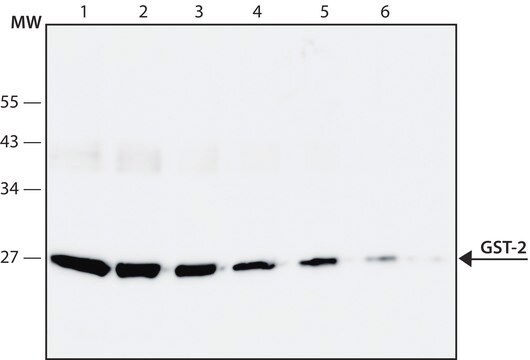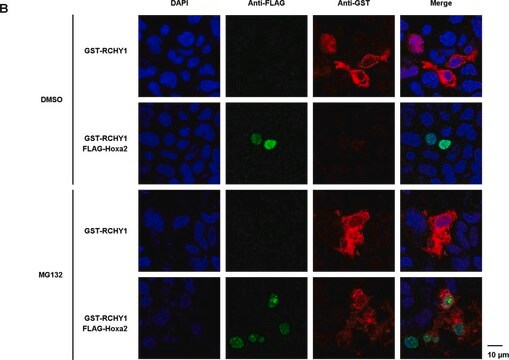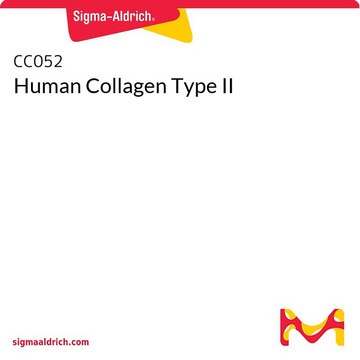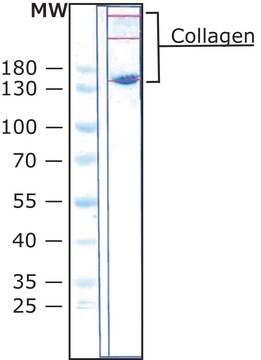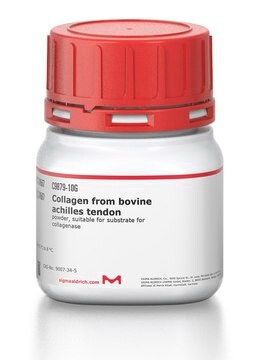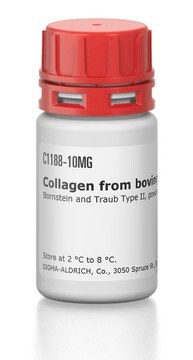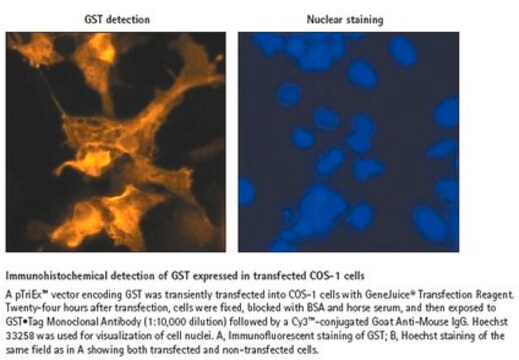G1160
Monoclonal Anti-Glutathione-S-Transferase (GST) antibody produced in mouse
clone GST-2, ascites fluid
Synonym(s):
Mouse Anti-GST Tag
About This Item
Recommended Products
biological source
mouse
Quality Level
conjugate
unconjugated
antibody form
ascites fluid
antibody product type
primary antibodies
clone
GST-2, monoclonal
contains
15 mM sodium azide
technique(s)
dot blot: suitable
indirect ELISA: suitable
western blot: 1:1,000 using purified recombinant GST or lysate of induced bacteria expressing recombinant GST
isotype
IgG2b
shipped in
dry ice
storage temp.
−20°C
target post-translational modification
unmodified
General description
Immunogen
Application
Biochem/physiol Actions
Disclaimer
Not finding the right product?
Try our Product Selector Tool.
recommended
Storage Class Code
12 - Non Combustible Liquids
WGK
nwg
Flash Point(F)
Not applicable
Flash Point(C)
Not applicable
Regulatory Listings
Regulatory Listings are mainly provided for chemical products. Only limited information can be provided here for non-chemical products. No entry means none of the components are listed. It is the user’s obligation to ensure the safe and legal use of the product.
JAN Code
G1160-.2ML:
G1160-VAR:
G1160-.5ML:
G1160-BULK:
G1160-100UL:
Choose from one of the most recent versions:
Already Own This Product?
Find documentation for the products that you have recently purchased in the Document Library.
Customers Also Viewed
Our team of scientists has experience in all areas of research including Life Science, Material Science, Chemical Synthesis, Chromatography, Analytical and many others.
Contact Technical Service